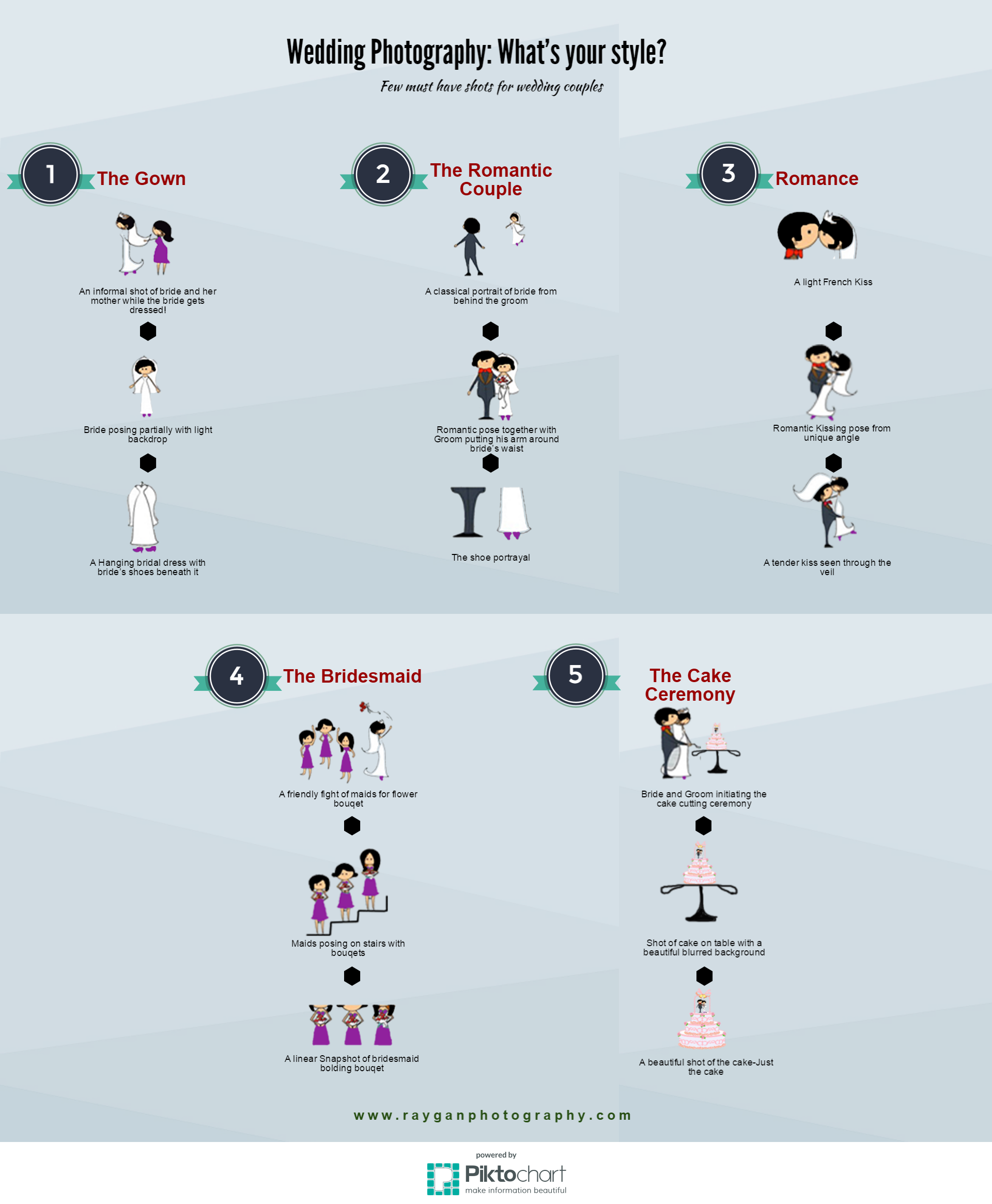What Every Digital Photographer Must Understand About Lights
What Every Digital Photographer Must Understand About Lights
Blog Article
Article By-Rogers Godwin
As a professional photographer, you know that illumination can make or break your images. Comprehending the subtleties of both natural and artificial light is important for capturing the mood and clarity you go for in your work. Whether you're going after the excellent gold hour radiance or tweak your artificial setups, understanding these aspects can elevate your photography substantially. Yet there are common risks that lots of neglect, and identifying them can transform your technique to every shoot. Allow's discover what you may be missing out on and exactly how it can influence your outcomes.
Recognizing All-natural Light
Understanding natural light is critical for any type of professional photographer wanting to enhance their job. It's the structure of wonderful photography, influencing mood, tone, and clearness. When you shoot outdoors, take note of the moment of day. pop over to this site -- soon after dawn and before sundown-- supplies soft, warm light that can change common scenes right into sensational images.
Do not underestimate the power of overcast days. Cloud cover diffuses sunshine, creating a soft, even light that's ideal for portraits and macro digital photography. You'll discover colors appear this kind of illumination without rough darkness.
Placing issues, also. Always consider your subject's positioning to the light. If Pro photographer near me 's behind your subject, you might wind up with a silhouette, which can be remarkable but mightn't be what you want. Conversely, straight sunlight can create unflattering shadows.
Try out angles; sometimes, transforming your perspective can produce outstanding outcomes. Usage natural reflectors, like water or sand, to jump light onto your topic, including dimension.
Learning Artificial Light
Mastering synthetic light is important for photographers who wish to take their skills to the next level. Whether you're making use of speedlights, workshop strobes, or continuous lights, comprehending just how to manipulate these resources can significantly boost your photos.
Begin by acquainting on your own with the basics of light high quality, direction, and color temperature. Trying out different modifiers like softboxes, umbrellas, or grids to control the gentleness or harshness of the light.
You'll locate that soft light often develops complementary outcomes, while harsher light can include drama and deepness. Do not avoid shadows; they can improve the three-dimensionality of your topics.
Pay attention to the placement of your lights. A light located as well near to your topic can produce unflattering results, while also far can result in an absence of detail. Make use of a light meter or your cam's histogram to guarantee you're subjecting appropriately.
Last but not least, keep in mind that man-made light can be mixed with ambient light for creative effects. Balancing these sources could take method, once you master it, your digital photography will truly shine.
Strategies for Various Circumstances
When you step into various capturing situations, adjusting your illumination techniques is vital for capturing the most effective photos. For outdoor portraits, make use of the golden hour-- early morning or late afternoon light-- to soften shadows and improve complexion.
If it's a rough noontime sunlight, take into consideration making use of a reflector to bounce light back onto your topic or seek shaded areas for an extra also direct exposure.
In https://telegra.ph/Contrasting-Popular-Cameras-Which-One-Is-Ideal-For-You-01-08-14 -light situations, like indoor events, boost your ISO and make use of a broad aperture to allow in even more light. A tripod can assist eliminate camera shake, permitting longer exposures without blurring.
If you're shooting at night, try out off-camera flash to develop vibrant illumination and depth in your pictures.
For product digital photography, make use of diffused lighting to avoid extreme reflections. Softboxes or light camping tents can aid achieve this result.
When photographing landscapes, take into consideration the instructions of light and time of day, as it can significantly change the state of mind of your shot.
Constantly prepare to adjust your settings and positioning based on the scenario, as versatility is key to understanding lights in photography.
Final thought
In conclusion, mastering lighting is vital to elevating your photography skills. Embrace natural light's elegance throughout golden hour, and don't shy away from experimenting with man-made light techniques. By adjusting your approach to various scenarios, you'll record sensational pictures that reverberate with feeling and quality. Keep in mind, the right illumination can transform a normal shot into something remarkable, so maintain exercising and fine-tuning your understanding of both all-natural and artificial light. just click the next site capturing!
